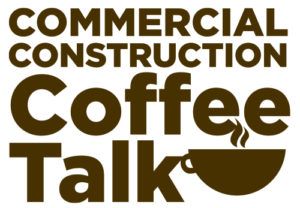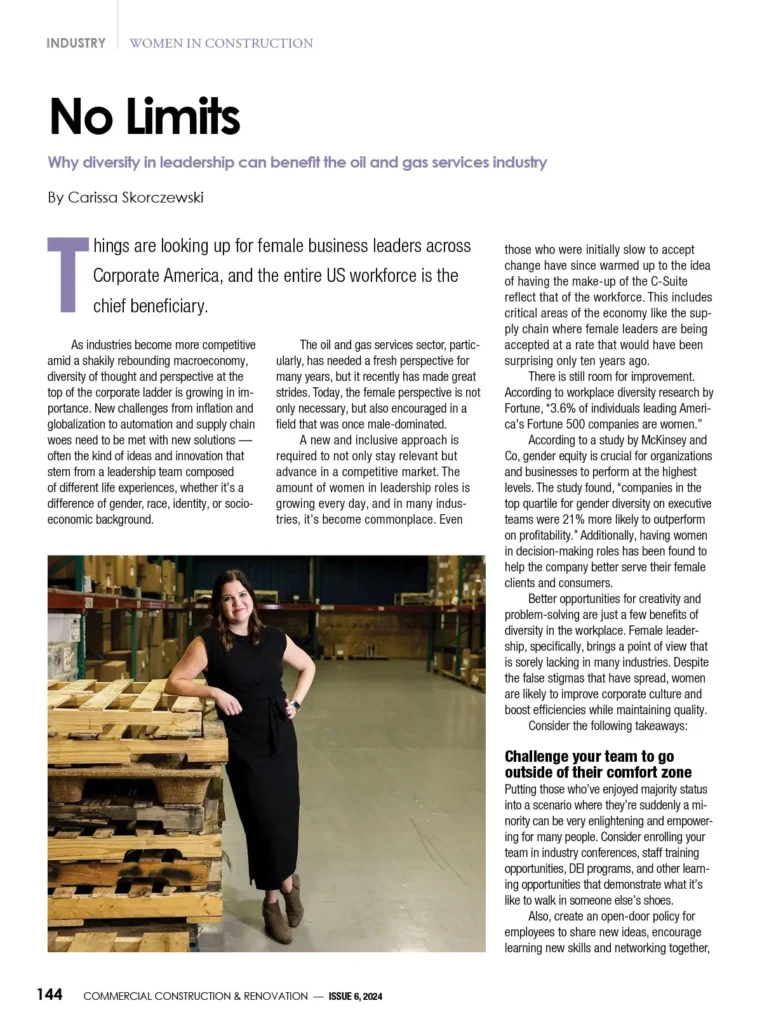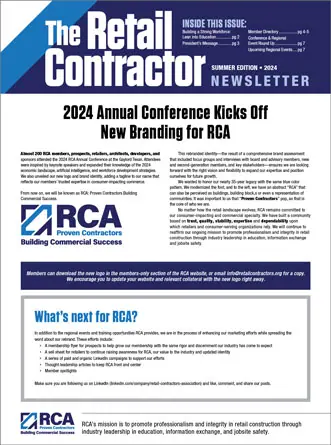Understanding home maintenance can be tricky, especially when deciding between options like a sump pump or a backwater valve. These decisions can become even harder when there’s a risk of heavy rain and potential flooding. This article discusses these important tools, giving a detailed look at what they do and why they’re helpful. This way, homeowners can make informed decisions about how to best protect their property from flooding.
Understanding Sump Pump and Backwater Valve
A sump pump, a simple yet highly effective tool in the plumbing domain, is a round machine made specifically to reduce excess water. This tool is typically installed in a specially dug hole at the lowest point in a home, often in the basement or crawl space where water tends to gather.
Examining the primary components of a sump pump can help us understand its function. First, a tank holds water collected from the drainage system. Next, a pump pushes this water up and out of the basement towards a drainage point outside the home. An optional, but strongly recommended, feature is a battery backup system and alarm. This system ensures the pump can continue to operate during a power outage – a common occurrence during heavy rainstorms. The alarm serves as a crucial alert system, signaling homeowners when water levels reach a potentially damaging point.
In contrast, a backwater valve is a plumbing device designed to prevent outbound water from reversing direction and potentially flooding your home. This tool becomes particularly critical during instances when sewer lines are overburdened due to heavy rainfall.
Backwater valves depend on two main parts. The first is a protective flap, which ensures water flows in only one direction. It allows wastewater to leave your home and enter the sewer line, but snaps shut if water attempts to flow the other way. The second part is the cleanout, an access point that allows for regular maintenance and clearing of blockages, ensuring the valve remains in optimal working order.
Understanding the Complementary Roles of Two Key Devices
In the evaluation of sump pumps against backwater valves, it is essential to note that these devices should not be viewed as alternatives to one another. They work in unison to prevent floods in different ways.
Sump pumps are used to prevent flooding and water damage. Particularly in seasons of frequent rainfall, a sump pump becomes an invaluable device, directing accumulated water away from the property’s foundations.
On the other hand, a backwater valve is a necessary tool in household flooding prevention from municipal sewers. The valve remains inactive under normal circumstances but becomes active when the local sewer system overflows, preventing water backflow into the property’s drainpipe.
Determining the Need for a Sump Pump or Backwater Valve
The necessity for a sump pump is determined primarily by the location of a property. If a home is situated below the natural waterline or near neighboring properties, the risk of water accumulation is significant. In such circumstances, a sump pump provides essential protection. Additionally, a sump pump proves invaluable during extreme weather conditions where water threats are unpredictable.
Alternatively, a backwater valve protects against flooding from municipal sewers. Even if not required by local regulations, the installation of a backwater valve is highly recommended. Many municipalities offer flood prevention rebates to incentivize homeowners to install these devices.
Implementing Two Key Flood Prevention Systems
After careful consideration of the distinct yet complementary functions of both the sump pump and backwater valve, it becomes clear that the decision is not a matter of choosing one over the other. Rather, for comprehensive flood protection, an optimal solution would be the installation of both devices on a property.
The sump pump, with its ability to divert excess water from the basement to an external drainage point, provides the first line of defense against internal flooding. The backwater valve, on the other hand, safeguards against municipal sewer backflows, thus adding another layer of protection.
However, it’s crucial to underscore that the mere presence of such plumbing devices is not enough. The efficiency of these systems relies heavily on installation quality and regular maintenance. Employing professional plumbing services for installation ensures these systems are correctly positioned, properly integrated with existing plumbing, and operate optimally right from the start.
Annual inspections are critical to ensure these systems function as expected. Over time, parts can wear, and performance can degrade, leading to a reduction in effectiveness. Regular inspections allow for the timely replacement of worn parts and can avert potential failures. It’s worth noting that having an alarm system in place, especially for the sump pump, can be highly beneficial in alerting homeowners to any immediate issues that need attention.






 The 2024 virtual Men’s Round Table will be held Q4, 2024, date TBD.
The 2024 virtual Men’s Round Table will be held Q4, 2024, date TBD.












